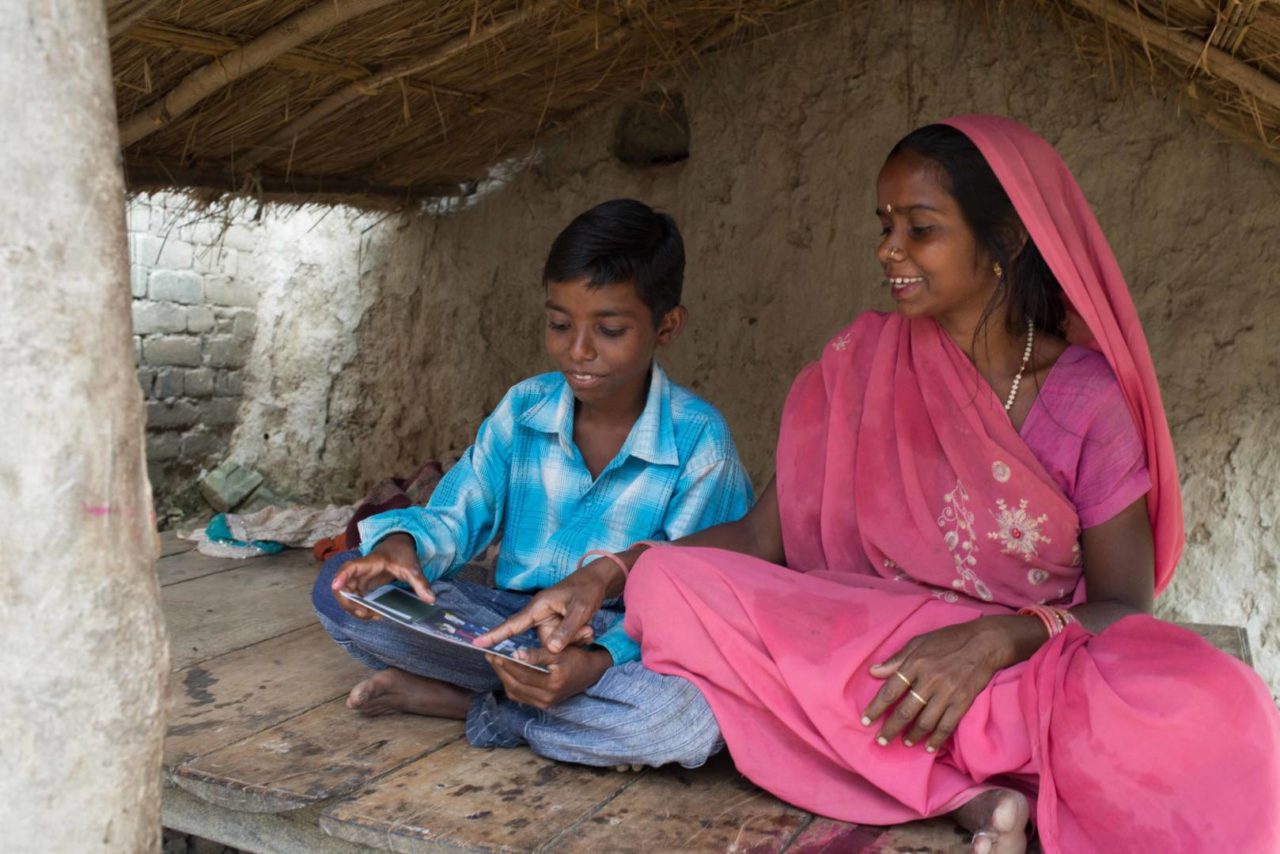
NEW YORK (September 23, 2014) — Ending global poverty depends on reaching the most vulnerable children says a new report, Stop at Nothing: Post-2015 Goals for Children, released today by World Vision to coincide with the UN General Assembly in New York.
The report explains that while Millennium Development Goals brought better health and living standards to hundreds of millions of people, design flaws meant over a billion people on the margins of society – particularly vulnerable children – were passed over, ignored by the targets and unable to benefit from the tide that lifted their neighbors.
“The success of ‘post-2015’ targets that replace the Millennium Development Goals must be measured by their ability to reach the poorest and most vulnerable children in the hardest places to live,” says World Vision’s director of public policy, Kirsty Nowlan. “And leaders gathered this week at the UN General Assembly in New York must stop at nothing to see that happen.”
The report says issues affecting children should be a priority within the new framework, because healthy, cared for and educated children become productive adults and contribute to healthy, peaceful and productive societies, breaking the poverty cycle.
“An end to absolute poverty can only be realized when it includes children on the margins, enabling them to meet basic needs and live a life of dignity,” says Nowlan.
“It is only when a women like 25-year-old Rakia in Niger can safely give birth to a child who will survive and thrive, or when a 13-year-old Razita from Afghanistan is able to access nutritious food, healthcare and a quality education that we will know that the post-2015 goals have succeeded.”
Stop at Nothing explains a 5 per cent improvement in child survival raises economic growth by 1 per cent per year over the subsequent decade. The converse also holds true. Failing to invest in children comes at a price. The annual costs associated with child malnutrition in Africa have been found to be between 1.9 per cent and16.5 per cent of GDP.
The report also emphasizes the need to ensure the post-2015 process considers how new goals will be achieved. It outlines why post-2015 goals will not be delivered by simply doing more of the same, explaining new and innovative approaches are needed.
Nowlan says: “The post-2015 process and goals have to enable and include people from all sectors of society. This includes citizens, governments, businesses and civil society organizations, in order to effectively make their distinct and complementary contributions.”
Stop at Nothing: Post-2015 Goals for Children calls for the post-2015 agenda to:
· Invest in children as the key to sustainable development: Early intervention and investment in vulnerable children is the surest way to create a more just and prosperous world. The new framework should address explicitly the most vulnerable children by ensuring their health, nutrition and protection; targeting children in fragile contexts; and eliminating all forms of violence against children.
· Spell out how it will achieve change for all children: The new goals will not be delivered by doing more of the same. The post-2015 framework will need citizens, government, business and civil society to make their distinct and complementary contributions.
· Measure success by how it delivers for the most vulnerable children in the hardest to reach places: When a girl from the poorest family in the most crowded slum or remotest village can grow to adulthood in good health and perceive the future her secondary education can provide, we will know we are achieving sustainable development.
– END –
About World Vision:
World Vision is a Christian humanitarian organization conducting relief, development, and advocacy activities in its work with children, families, and their communities in nearly 100 countries to help them reach their full potential by tackling the causes of poverty and injustice. World Vision serves all people regardless of religion, race, ethnicity, or gender. For more information, please visit www.WorldVision.org/media-center/ or on Twitter @WorldVisionUSA.
Highlights
- World Vision launches new report today at the United Nations Global Assembly.
- New global development goals must not leave behind the hardest-to-reach.
- World Vision urges world leaders to “stop at nothing” to ensure focus on the most vulnerable children.